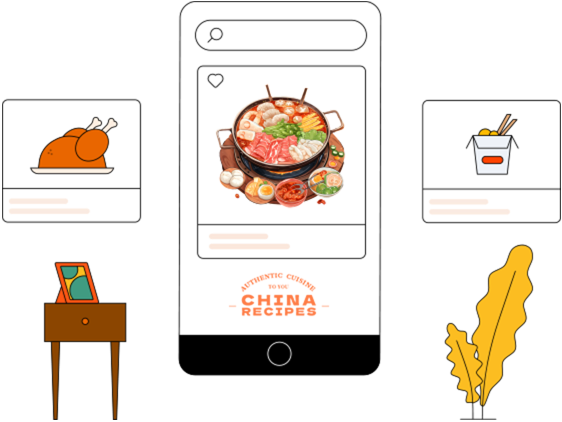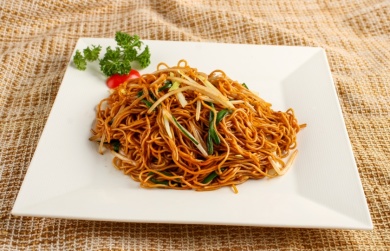Chow Mein vs Lo Mein vs Mei Fun: Flavor Showdown

Today, I will introduce in detail the differences among chow mein, lo mein, and mei fun. Let's take a look!
Differences in Ingredients
Chow Mein: It uses noodles as the raw material. There are various types of noodles, such as pulled noodles and dried noodles, which are chewy. Common side dishes include bean sprouts, green vegetables, carrots, Chinese cabbage, etc. Meats include pork, chicken, and eggs, etc.
Lo Mein: It also focuses on noodles. However, the noodles used are relatively thick. Common ones are egg noodles, which are soft in texture and can absorb the sauce well. A large amount of vegetables are added.
Mei Fun: It mainly uses rice noodles or he fen (a type of wide rice noodle). The texture is smooth and delicate, and the taste is soft. Besides common vegetables and meats, seafood (such as shrimps and squid) is also added.
Differences in Cooking Methods
Chow Mein: After boiling the noodles until 70% cooked, take them out, rinse them with cold water and drain. Then quickly stir-fry them with the ingredients in a pan and finally add seasonings.
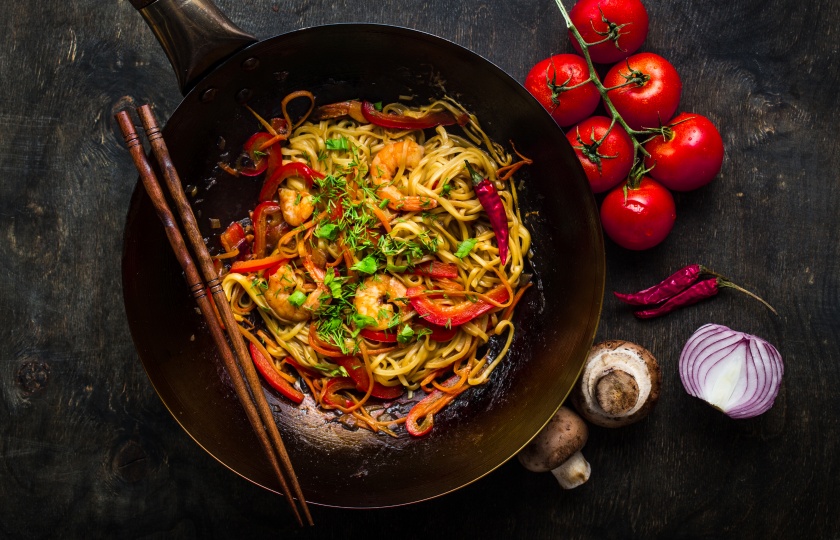
Lo Mein: After boiling the noodles, drain them and mix them with the stir-fried ingredients and a thick sauce. The emphasis is on "mixing" rather than stir-frying.
Mei Fun: Soak the noodles in cold water in advance until they are soft. They can be eaten with the sauce after being cooked, or they can be stir-fried with the ingredients in a pan.
Differences in Taste
Chow Mein: It is chewy. The surface of the noodles is slightly charred, and the whole is dry.
Lo Mein: The noodles are soft with a delicate and smooth taste, and the whole is relatively moist.
Mei Fun: The taste is smooth and delicate, and the texture is soft.
Differences in Flavor
Chow Mein: It has a strong flavor, mainly salty and fresh. Seasonings such as soy sauce and oyster sauce are mainly added to highlight the fragrance of stir-frying.
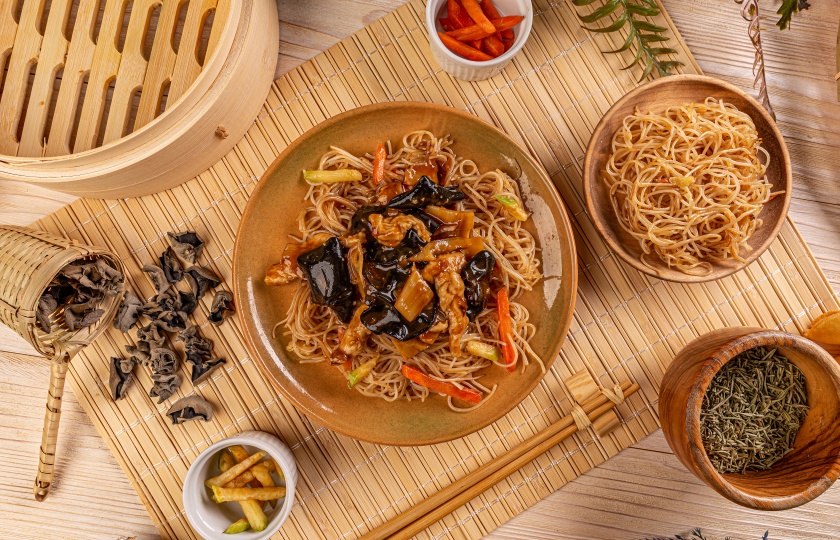
Lo Mein: The sauce is thick, and the overall taste is a bit sweet and fresh. The noodles can absorb a large amount of sauce, and the flavor is more gentle.
Mei Fun: The taste is light, highlighting the freshness of the ingredients. It is suitable for people who like a light or seafood flavor.
Regional Characteristics
Chow Mein: It is commonly seen in various regions of China. For example, in Beijing, chow mein is paired with bean sprouts and Chinese cabbage, with a strong flavor. In Xinjiang, tomatoes, peppers, and mutton are added, making it sour, spicy, and appetizing.
Lo Mein: It is common in the north. Such as Beijing 炸酱捞面 (Zhajiang Lo Mein) and Shanxi's knife-shaved noodle lo mein, each with its own flavor.
Mei Fun: It is mainly popular in the south. Cantonese chow fun pays attention to the wok hei. It is paired with seafood and beef. Jiangxi chow fun is spicy and addictive.
What Are the Really Thin Chinese Noodles Called?
Longxu Noodles
It is a traditional flavored pasta. It gets its name because the noodles are as thin as hair, like dragon whiskers intertwined. It is mainly used to make noodle soup or chow mein, with a delicate and smooth taste.
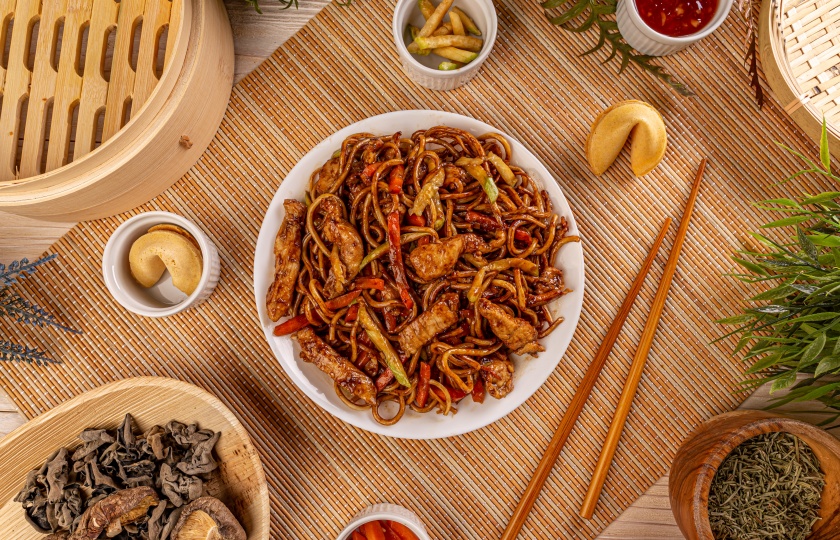
Hollow Noodles
These are very thin noodles with a hollow inside. They are as thin as hair. After being cooked, they have a soft and smooth taste and are easy to absorb flavors. Their production process is complex and has a long history. They are suitable for the elderly and children to eat.
Mianxian
It is a traditional pasta in Fujian region, especially in Quanzhou. The noodle strips are as thin as hair. The production process has a history of more than 800 years. Authentic mianxian is handmade by pulling. After being cooked, it is soft and smooth in the mouth and rich in nutrition.
Is Panda Express Chow Mein or Lo Mein?
Chow Mein.
Panda Express is a well-known American Chinese restaurant chain brand. Among its menu items, there is a dish called "Chow Mein". The chow mein at Panda Express is made by stir-frying noodles. The texture of the noodles is rather crispy, and the taste is chewy.
The feature of its chow mein is that a small amount of oil is added during the cooking process to keep a certain crispness of the noodles.





